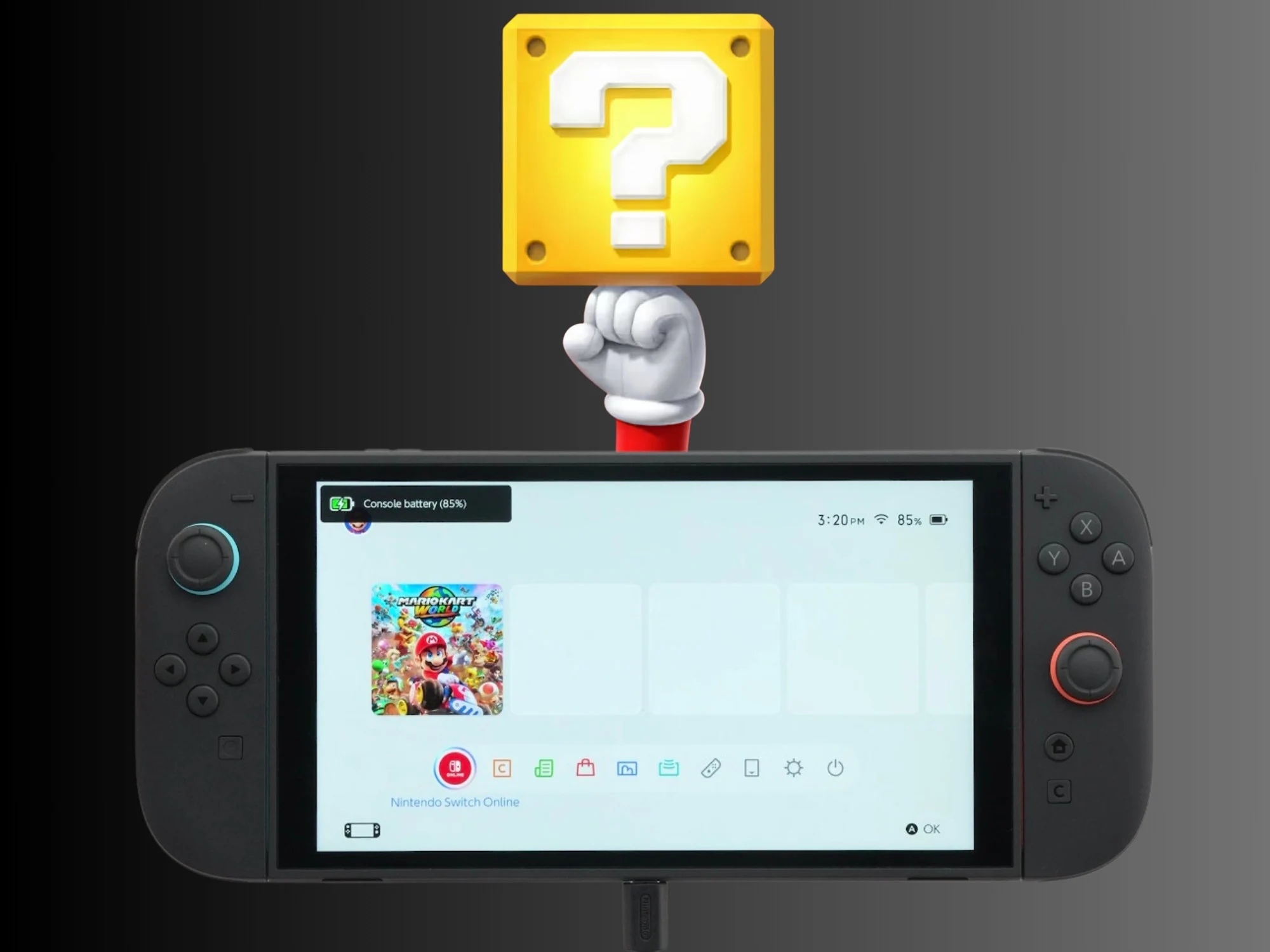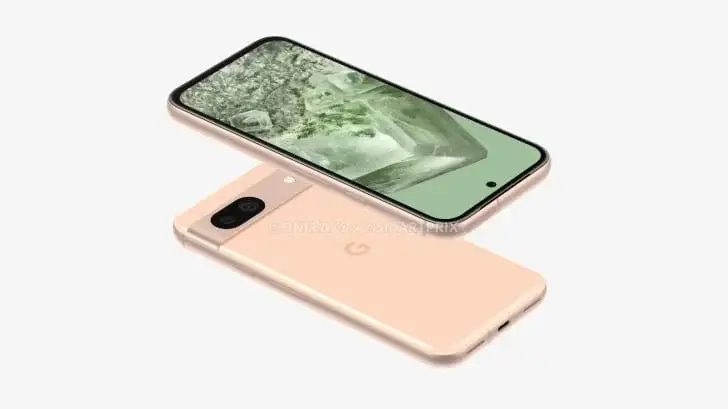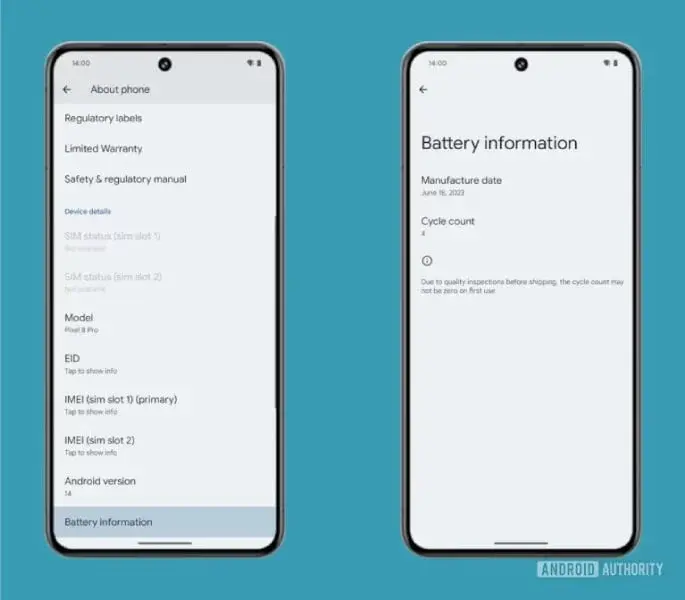Key Takeaways
1. The Switch 2 features a 5220 mAh lithium-ion battery, promising 2 to 6.5 hours of playtime, but high-demand games may drain it quickly.
2. A new battery management feature allows users to stop charging around 90% to help maintain battery health and reduce degradation.
3. The original Switch experienced battery performance decline over time, causing frustration and leading to repairs; a battery-saving setting could have mitigated this.
4. The new feature will not inherently increase the Switch 2’s battery life, as demanding games may still consume power quickly due to improved performance specifications.
5. Limited hands-on testing makes it difficult to accurately assess the Switch 2’s playtime, but the new feature aims to enhance battery longevity.
Battery life is a key issue for any gaming handheld, especially when a device claims to deliver better performance. The specifications for the Switch 2 show that it will be powered by a 5220 mAh lithium-ion battery. It is promised to provide between 2 to 6.5 hours of playtime, but high-demand games could quickly drain its power. Fortunately, a video from Nintendo Today has unveiled a feature that might help in maintaining the health of the Switch 2 battery.
Battery Management Feature
In the clip shared by Nintendo Today, a user is seen activating a setting called “Stop charging around 90%.” When connected to a USB-C cable, viewers can observe the battery indicator slowly climbing up to 88% before it halts. Lithium-ion batteries tend to wear out quicker when they are fully charged because of excessive electrochemical reactions. To minimize this degradation, it’s advisable to keep rechargeable devices at 80% or below. This strategy is similar to the safety measures that smartphones use, which were highlighted in the video about the Switch 2.
Past Issues with Battery Performance
Many players using the original 2017 Switch have noticed a decline in battery performance over time. This decline has frustrated users to the point where they have opted to send their consoles in for repairs. Had the first Switch included a battery-saving setting, it could have reduced the number of replacement devices needed. Nevertheless, not many gamers are keen on keeping an eye on their handhelds to stop charging at a specific percentage.
Sadly, this new feature will not inherently increase the battery life of the Switch 2. When compared to its predecessor, it is expected that games will demonstrate a wider range of performance. With a 1080p display and a refresh rate that goes up to 120Hz, some games are likely to consume the battery power of the Switch 2 more quickly than others. Steam Deck users face a similar challenge, as demanding titles can necessitate recharging in less than two hours.
Testing Limitations
The limited-time hands-on sessions make it hard for testers to accurately gauge the playtime of the Switch 2. Regardless, gamers will have access to a new feature to help maintain their battery’s longevity.
Source:
Link




